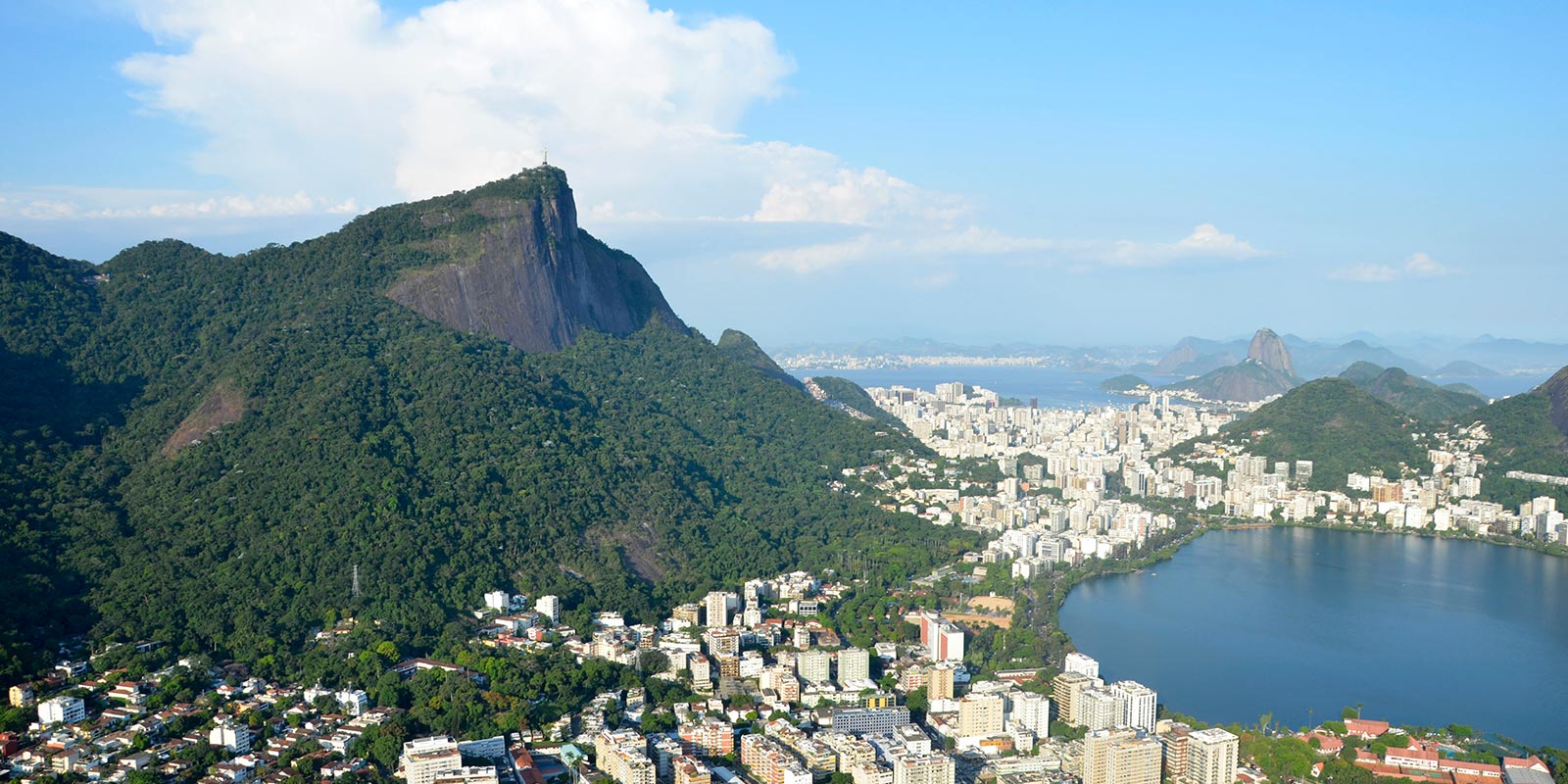
Rio de Janeiro
Rio de Janeiro was one of the first to carry out an inventory of greenhouse gas emissions at a municipal scale in 2000.
The City of Rio de Janeiro is the largest coastal city and the second largest economic center of Brazil, estimated to have 6.5 million inhabitants in 2016. Rio is also the most important and reputed touristic destination in the country, hosting large national and international events and playing a remarkable role in national politics, economy, culture, and institutions. The visual identity of Rio de Janeiro is strongly associated to its natural landscape including bays and forest massifs. For the same reason, the city presents a high degree of temporal and spatial variation in meteorological elements. Reaching heights superior to 1,000m, the massifs are probably the most determinant element in rainfall patterns, as they shape the penetration of sea winds into the hinterland and act as a physical barrier to rain clouds. Always aware about the beauty and challenges the nature brings to the city, Rio de Janeiro was one of the first to carry out an inventory of greenhouse gas emissions at a municipal scale in 2000. Since then, three inventories have already been prepared, and the last one was verified according to the GPC protocol in 2015. Emission reduction targets were defined and consolidated in the Municipal Law of Climate Change and Sustainable Development, approved in January 2011, which establishes a 20% reduction of emissions from 2005 to 2020. Already planning what to do after this period, the City Hall has also signed a commitment to develop a strategy for reducing emissions from 2020, aiming for neutrality by 2050.
Read More
